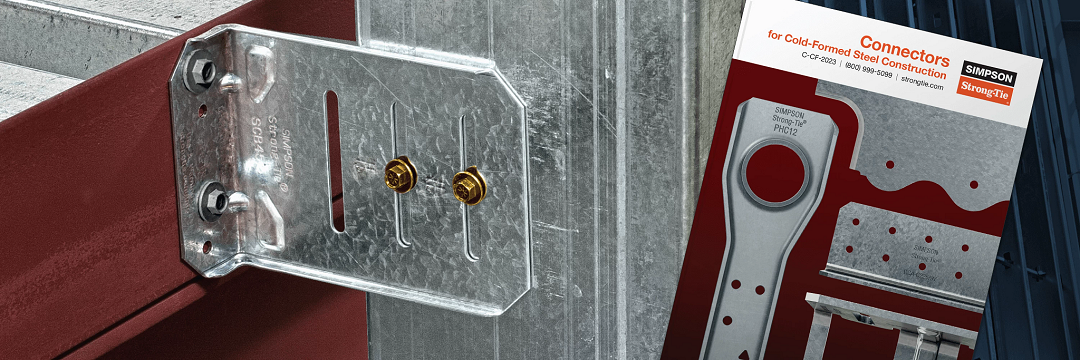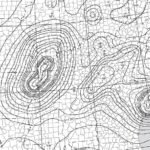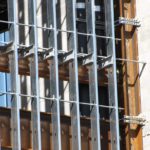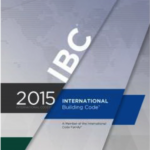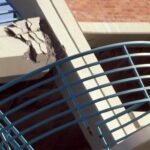“Change is the only constant in life” and “When you are finished changing, you are finished” are quotes from the ancient Greek philosopher Heraclitus and Benjamin Franklin, respectively. I’m reminded of them as I review the numerous changes to codes and standards during the typical three to five-year development cycles. While code and standard changes can be challenging to incorporate into our work, they typically offer an improvement or expansion of design and construction solutions.

This blog will discuss some of the changes from the 2018 to the 2021 IBC related to cold-formed steel (CFS) light-frame design. Long story short, there are no major changes to CFS design provisions from the 2018 to 2021 IBC. Therefore, in addition to quickly discussing some of the 2015 to 2020 changes, I’ll discuss a few major changes that occurred from the 2012 editions to the 2015 and 2016 editions of the IBC referenced specifications and standards. Note that the AISI specifications and standards provide a helpful reference in the front portion of the document that summarizes all the changes and additions from the previous edition.

Let’s start by noting the AISI specification and standard editions referenced by the building code. The 2021 IBC references the 2020 editions of the North American Specification for the Design of CFS Structural Members (S100), Standards for CFS Framing (S202, S220, S230, and S240), and Seismic Design of CFS Structural Systems (S400). IBC Section 2210 states that cold-formed steel design is to be per S100 unless it’s for CFS stainless-steel and CFS light-frame construction, which should comply with ASCE 8 and IBC Section 2211, respectively. For seismic design, CFS structures are to comply with S100 except when CFS stainless-steel and CFS special-bolted moment frames are used, which should comply with ASCE 8 and AISI S400, respectively. Section 2211 requires CFS light-frame construction to be per AISI S240 and seismic design to be per AISI S400, unless the R-factor is 3 for “Steel systems not specifically designed for seismic resistance,” for which S240 may be used. Note that S240 permits one to use S100 for the design of light-frame construction in lieu of S240. Finally, for prescriptive framing, the 2021 IBC permits the use of AISI S230, Prescriptive Method for One- and Two-Family Dwellings, or the IRC.

Some beneficial changes made to AISI S240 and S400 standards include provisions addressing overdriven screws in wood structural panel (WSP) sheathed shearwalls and diaphragms (S240 C4.1.4); providing a more precise method of determining the expected strength factor to help reduce the demand (S400 E1.3.3, E2.3.3, and E3.3.3); and adding bare steel deck diaphragm seismic provisions (S400 F3). The provisions addressing overdriven screws state that screws are overdriven when the head is driven 1/8“ below WSP 7/16“ or greater in thickness, and 1/16“ below WSP less than 7/16“ in thickness. The provisions state that no strength reduction is necessary when there are no overdriven fasteners in the four corners of the WSP, no more than 10% of perimeter fasteners are overdriven, and no more than 20% of field fasteners are overdriven. A 25% reduction is necessary when there are no overdriven fasteners in the four corners of the WSP, no more than 25% of perimeter fasteners are overdriven, and no more than 50% of field fasteners are overdriven. The provisions state that an overdriven screw may be removed and replaced with a larger head screw. The S240 and S400 bare steel deck diaphragm provisions reference AISI S100 and S310, Standard for the Design of Profiled Steel Diaphragm Panels. In addition, S400 Section F3.5 provides prescriptive as well as performance-based special seismic detailing criteria for bare steel deck diaphragms. The prescriptive detailing criteria specify deck dimensions, deck material, deck–to– support connections, structural connections perpendicular and parallel to the steel deck ribs, deck side lap connections, and structural and side lap connection qualification. The performance-based criteria include a qualification by the cantilever diaphragm test method as well as by the principles of mechanics method.
If you haven’t performed CFS design since the 2015 IBC, you may be unaware that the S100 standard underwent major reformatting from the 2012 to the 2016 edition, the S240 framing standard consolidated many of the S200-series framing standards, and the S400 seismic standard consolidated the framing lateral design (S213) and special moment frame standards (S110). The new S100-16 format is similar to that used by AISC 360, such as placing connection and joint provisions in chapter J, and most of the specification provisions remained the same as in S100-12. There are no major provision changes from S100-16 to S100-16/S2-20. When major section moves occur in the AISI specification or standards, AISI includes a handy section reference table at the front of the document mapping the changes.

As mentioned above, there were major changes from the 2012 to 2015 editions of the CFS framing and seismic standards, which were adopted by the 2018 IBC. One of them includes requiring that the available strength of capacity-protected components (collectors, chord studs, holdowns, shear and tension anchorage, etc.) be greater than or equal to the required strength, which is the lesser of the expected strength of the seismic-force resisting system or the load determined using the ASCE 7 seismic load combinations with the overstrength factor. Previously, the nominal strength of capacity-protected components was to be greater than or equal to the required strength, which was the lesser of the maximum the system could deliver or the load determined using the ASCE 7 seismic load combinations with the overstrength factor. Therefore, the seismic demand increased and the capacity of the member considered to resist the demand went down.
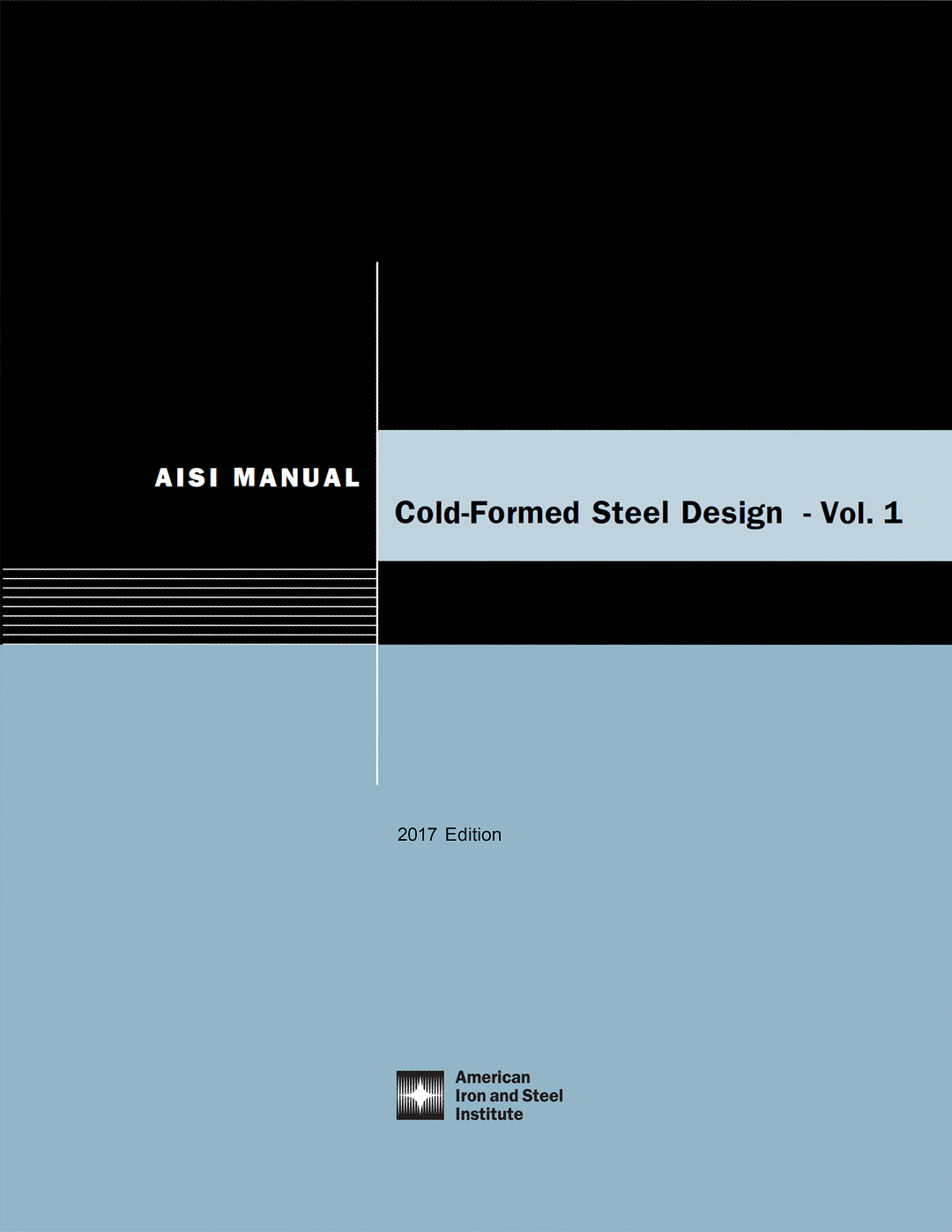
There are many great CFS design and construction resources for the structural engineer that include AISI D100-17 CFS Design Manual, D110-16 CFS Framing Design Guide (for S100 and S240), D113-19 Shear Wall Design Guide (for S240 and S400), and the 2021 IBC SEAOC Structural/Seismic Design Manual Vol. 2 Example 3 CFS building design. Helpful industry organization websites for CFS include www.cfsei.org (free electronic specification and standard downloads), www.steel.org (AISI), www.steelframing.org, and www.buildsteel.org.
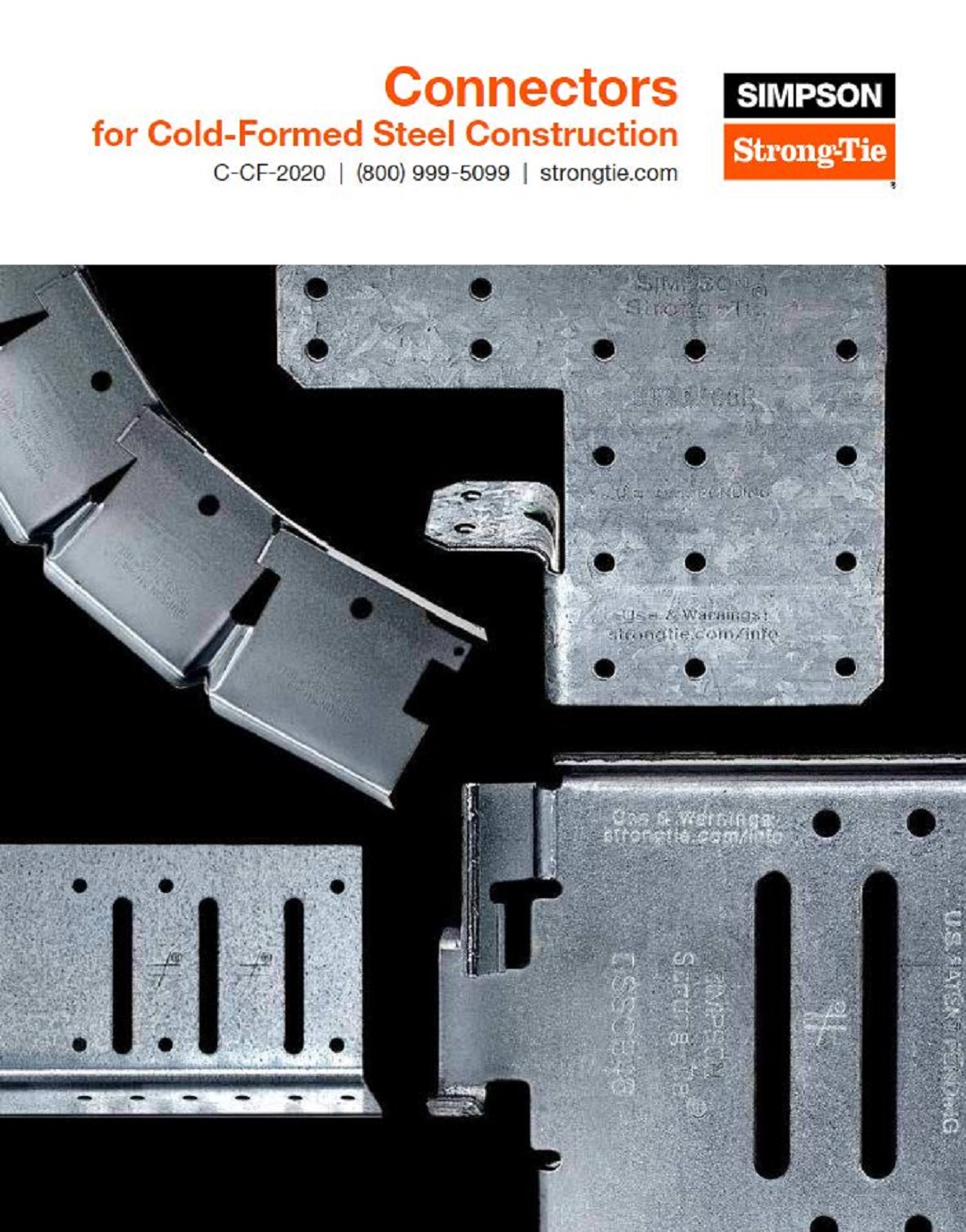
In addition, Simpson Strong-Tie offers products (e.g., continuous rod tiedown systems (ATS), connectors and curtainwall bypass clips, fasteners, lateral systems, etc.) and software (CFS Designer, Anchor Designer, Steel Deck Diaphragm Calculator, Edge-Tie System, Yield-Link Moment Connection, etc.) as solutions for CFS design and construction, as well as online training and in-person workshops to facilitate the process and help people create safer and stronger structures.

